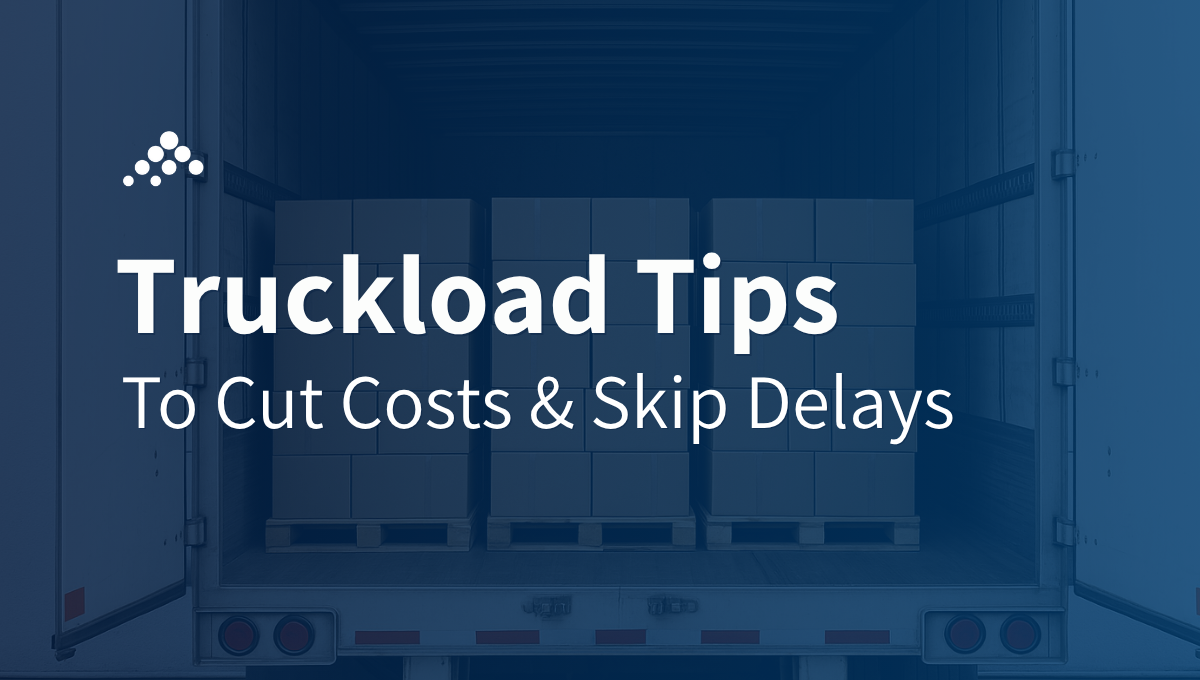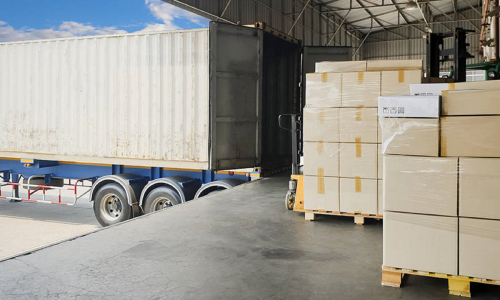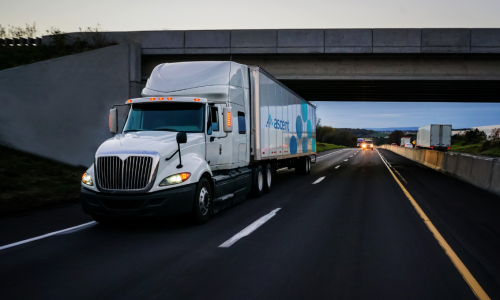- Brokerage & Managed Transportation
- Forwarding
- On-Demand
- Mexico
- Industries
- About Us
- Resources
- USA Jet
- Contact Us
Headquarters
info@ascentlogistics.com
1.800.614.1348
2068 E Street
Belleville, MI 48111
- Brokerage & Managed Transportation
- Forwarding
- On-Demand
- Mexico
- Industries
- About Us
- Resources
- USA Jet
- Contact Us
Headquarters
info@ascentlogistics.com
1.800.614.1348
2068 E Street
Belleville, MI 48111
Truckload Shipping: 5 Tips to Cut Costs and Skip Delays
06/30/2025

Truckload (TL) shipping is one of the most common freight modes in North America. But even experienced shippers can face issues like added fees, delays and equipment mismatches.
To help you stay ahead, here are five truckload strategies to improve planning, reduce risks and control your transportation costs:
1. Look Beyond Volume When Choosing Truckload
Volume plays a big role in truckload decisions, but it’s not the only factor. Even if your freight doesn’t fill a full trailer, TL may still be the best fit when speed, control or cargo sensitivity are in play.
Consider TL when:
- • Your freight is fragile, high-value or hard to handle
- • The shipment needs a direct route with fewer stops
- • You want to lower damage claims from LTL cross-docking
Pro tip: When deciding between LTL and TL, compare total landed cost, not just the rate. Include accessorials, damage risk and on-time delivery impact.
2. Choose Equipment Based on Handling and Compliance
Trailer type isn’t just about what’s available. It should reflect your freight’s physical and regulatory profile. Imagine booking a dry van only to realize your freight requires side-loading or temperature control. Misaligned trailer types lead to missed pickups, delays and costly claims.
Be sure to align equipment with:
• Commodity classification: NMFC codes, hazmat status, or special labeling
• Loading configuration: Dock height, pallet direction, side or top load
• Securement and handling: Straps, blocking/bracing, temperature thresholds
For example:
• Dry Vans: Flexible but may require extra steps for unpalletized freight
• Flatbeds: Support irregular or oversized loads with specific securement standards
• Reefers: Used beyond perishables. Think pharmaceuticals, chemicals, and products with ambient thresholds.
Skipping these checks can lead to missed pickups, equipment mismatches or claims. Aligning equipment with handling and compliance needs avoids costly disruptions.


3. Use Data to Control Hidden Costs
Accessorial charges like detention, driver assist or TONU don’t happen by accident. They often follow consistent patterns, yet many shippers still treat them as unplanned costs. To get ahead of these charges, use data to your advantage. Start by:
• Analyzing historical accessorial charges by lane, location and customer
• Building site-level profiles with metrics like dwell time, dock congestion and access restrictions
• Identifying recurring cost drivers using TMS reports or business intelligence tools
With this insight, you can adjust expectations, flag risk-prone locations and price more accurately in your bids. Top logistics partners can benchmark your accessorial data against industry norms to identify where cost and performance differ from the standard.
The bottom line: decisions backed by data reduce surprises and protect margins.
4. Share Complete Load Details Upfront
To get accurate rates and avoid last-minute disruptions, carriers need more than dimensions, weight and ZIP codes. Share detailed load information such as:
• NMFC codes or HS codes, depending on whether it’s domestic or cross-border
• Stackability, special handling or site access limitations
• Securement needs, temperature requirements or escorts
Missing or vague freight characteristics can lead to delays, re-rates or wrong equipment. Keeping this information standardized and accessible through your TMS helps speed up quoting, reduce errors and build stronger relationships with your carrier network.


5. Plan Around Market Shifts and Seasonal Swings
TL capacity rises and falls with seasonality, market trends and disruptions. Planning ahead helps avoid high-cost decisions. Ways to stay flexible:
• Pre-book lanes ahead of seasonal surges
• Use a mix of asset and brokered carriers
• Track trends like rejection rates or spot market shifts
A responsive logistics partner will alert you to changes before they impact your supply chain and help adjust your mode or timing.
Get More From Every Truckload with Ascent
At Ascent Global Logistics, we help you make confident truckload decisions, backed by data, experience and attention to detail. From selecting equipment to reducing accessorials, our team helps you move freight more efficiently.
Want better truckload results? Our team is here to help. Learn more about our truckload solutions or contact us today.
6 Reasons to Outsource Logistics
March 11, 2024
Thank you for contacting Ascent!
A member of our team will be in contact within a few business hours.
Okay